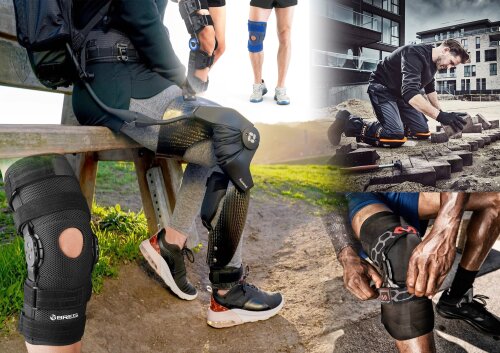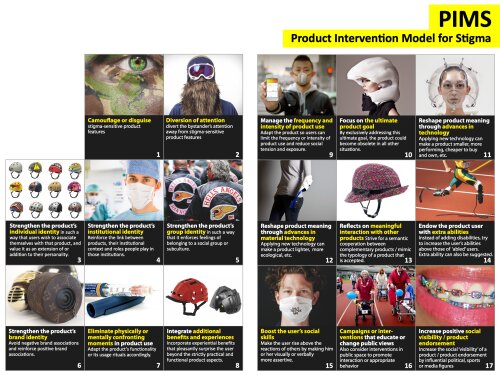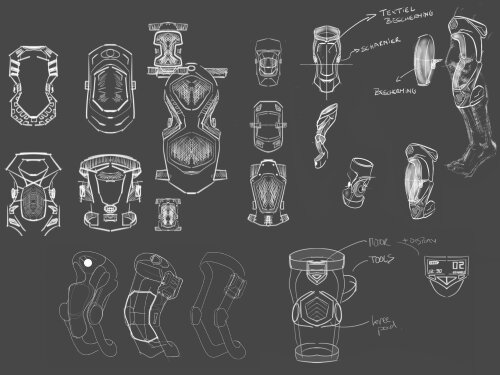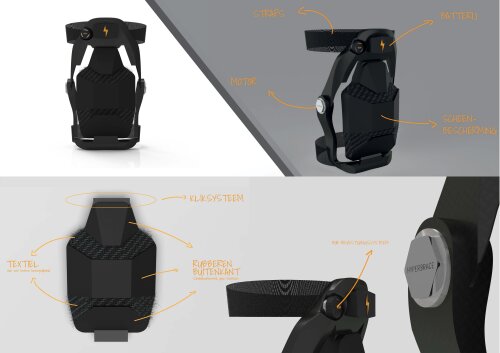1) Context and target group
It is determined for which target group and condition a solution will be designed. Here it is important to empathize with the target group and understand the challenges they face because of their disability.

2) Moodboards
Existing solutions and closely related solutions are listed. This can range from very traditional solutions to already existing inclusive solutions.

3) Stigma-driven challenges
Using various frameworks (such as the PIMS and PAMS model), the most common challenges are identified. The Product Appraisal Model for Stigma (PAMS) is a design tool that allows you to detect stigma-specific challenges of a given product. The Product Intervention Model for Stigma (PIMS) includes 17 possible interventions to mitigate the effects of product-related stigma.

4) Quick designs
After the design challenge and the needs of the target audience are understood, possible solutions are explored. This is usually done using quick designs where possible solutions are explored through sketching.

5) Detailed design
The final concept is established and the solution is further developed. Shape variants are generated and details are worked out.

6) Final design
The final concept is developed in its totality. The obtained social empowerment is addressed.
